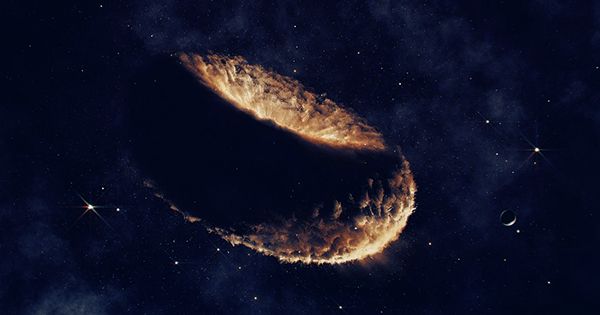Mars has two moons, Forbes and Deimos, the mythical form of fear and dread, respectively. These things are very different from our own moons, which are large and mostly spherical, and for a long time they considered asteroid captives. Recent research continues to look for loopholes in this concept and a new study has very interesting claims. The two moons were one.
As published in Nature Astronomy, the researchers used geophysical data and models about the orbital motion of the moon behind the clock. In addition, it turns out that billions of years ago Forbes and Deimos were in the same place around Mars. The obvious suggestion is that they were once a single larger object. Forbes the work of Deimos is about 22 kilometers (14 miles) and slightly more than half of that suggests those 1 to 2.7 billion years ago there was a single moon orbiting the red planet.
“Forbes and Deimos are the remnants of this lost moon,” said lead author Amirhossein Bagheri, a doctoral student at the ETH Zurich Institute of Geophysics. “The exact timing depends on the physical characteristics of Forbes and Demos, how significant they are.”
The key to this work is the data collected by NASA Insight Earthquake. The instruments marsquakes and all these vibrations measure the experience of the Red Planet. It informs scientists about the internal features of the planet and the effects of tidal forces from Mars and vice versa from the moon. These energies lead to energy wastage, the energy of which depends on the body; Size, composition and distance. There is still a lack of a complete picture of the Martian moon system, but we have long suggested that the dub is on a Forbes card. Researchers hope that the moon will no longer exist within 400 million years. Phobos is slowly but surely getting closer to Mars. This could eventually lead to a collision with the planet. Alternatively, the moon may be torn apart and provide Mars with its own ring system.
Another hypothesis shows this ring structure as part of a cycle where Phobos torn apart individually in phases, part of an element falls on Mars, and part is reunited back to the moon. The Japanese space agency, JAXA, is planning a Mars stimulus mission that travels to Mars by 2025 and expected to collect samples from Forbes before returning to Earth.















